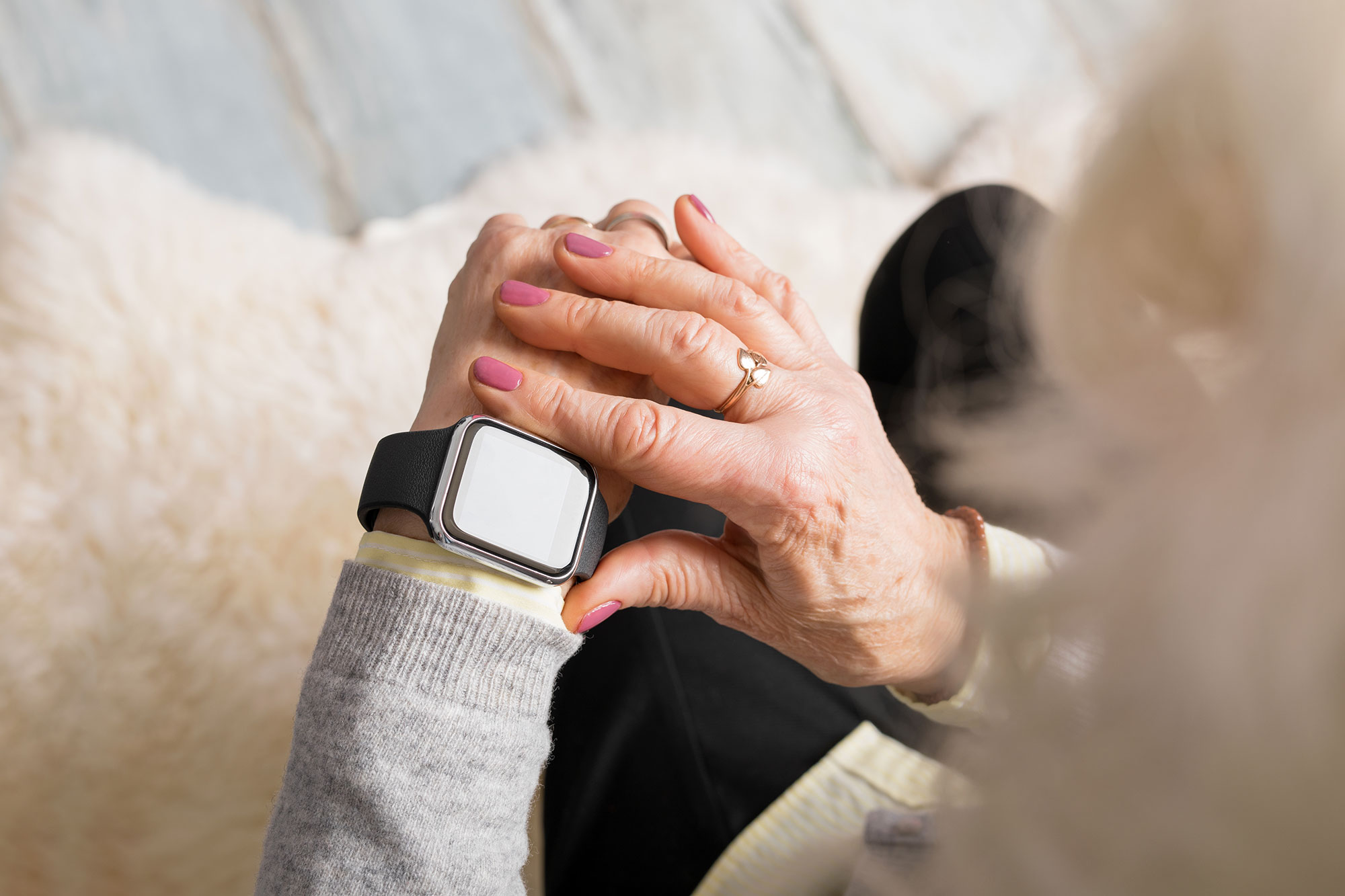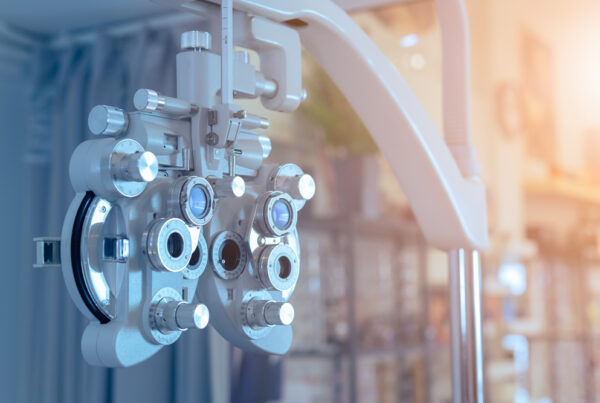As the country’s ageing population grows, it’s critical that we look to reduce the strain placed on the aged care sector and its resources.

Based on the results of the 2021 ABS census, Australia’s population aged 65 and over is projected to grow by 54 per cent by 2041.
A key driver to improve services in the aged care sector is by utilising technology to alleviate some of the burden on staff and services.
This can be achieved in a number of ways, as technology paves the way for advancement in how we handle everything from medications and emergency alerting, to patient care quality.
Below, we’ve highlighted some of the key areas in which technology can, and is already, advancing our ability to provide better care to older adults.
Fall detector alarms and other smart health technology
According to the Australian Institute of Health and Welfare (AIHW), in 2019-2020, falls in those aged 65 or older resulted in 133,000 hospitalisations and 5,000 deaths.
Falls are the number one cause of hospitalisation for older people, and 1 in 5 occurred in a residential aged care facility.
While residential care doesn’t guarantee that a fall will be immediately detected, the chances are better for those being monitored. But what about the other 4 in 5 people or those missed in between staff rounds?
Technology has helped reduce the severity of fall-related instances and has helped to improve quality of life for older Australians.
Products such as fall detector alarms and medical alert smartwatches allow staff, family and friends to keep watch over their loved ones without having to be present twenty-four hours a day.
There are even advancements being made that allow for staff to remotely monitor the health and vitals of those under their care.
These health monitoring devices are critical to maintaining independence, while still receiving sufficient supervision to live without fear of illness or accidental injury.


Medication management and stock control
The Pharmaceutical Society of Australia highlights how 20 per cent of unplanned hospital admissions for aged care residents are due to inappropriate medication.
What’s more, more than 9 out of 10 aged care residents have at least one medication-related problem.
Fortunately, when it comes to medication, there are numerous ways to streamline the process and reduce risk by using technology.
Smart devices are now so widespread that they can replace paperwork, minimising the chance of error.
Patient records can clearly display patient identity, along with photo identification where needed, and alerting could be set up to indicate when medications are missed.
This also results in a more comprehensive audit trail that can help to minimise recurrences in future.
All of the above also lends itself to better stock management, where the risk of running out of a particular medication can be reduced.
When all moving parts within a medication logistics system are interconnected, pharmacies and end users can identify dwindling stock before it becomes a problem.
Remote assessment and treatment
Remote GP appointments via videoconference were already operating prior to COVID-19, but the pandemic accelerated the growth of this technology.
As this technology grows in popularity, it provides more opportunities for high quality care for those who struggle to attend traditional, face-to-face appointments.
Whether it’s due to limited mobility or a lack of available assistance, older adults in residential facilities now have the option of seeing their GP without ever having to leave their place of residence.

Keeping residents safe in aged care facilities
It’s clear that technology is already offering benefits to the aged care sector, though further advancement can’t come soon enough.
A report from the Royal Commission into Aged Care Quality and Safety has called for greater innovation and research into technologies that can support aged care and improve the lives of older Australians.
The new aged care subsidy model – the Australian National Aged Care Classification model, will be implemented from October 1, 2022 and aims to better match funding with providers’ costs of meeting the care of residents.
With initiatives such as this, there is hope that the aged care sector in Australia will undergo digital transformation in order to offer the best care possible for elderly Australians.









